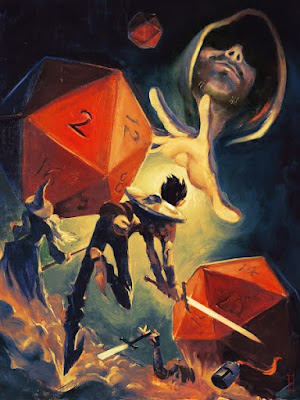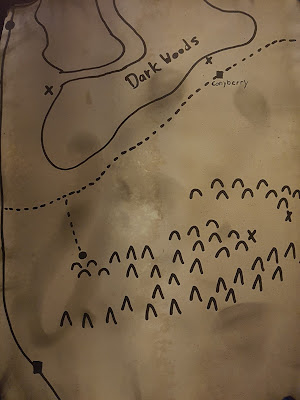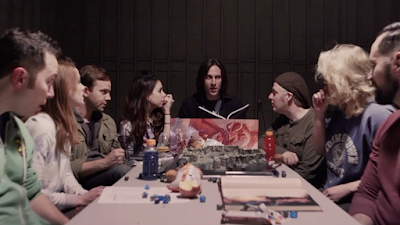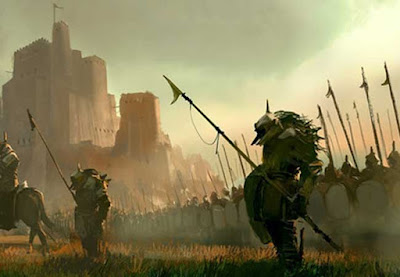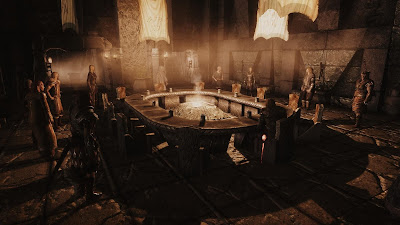A recent reflective epiphany. From the heart.
A s a player, I like Pathfinder more than I like 5th edition. There, I said it. I am a rules lawyer, I am going to admit it now and not look back. As a DM, for a few years now, I’ve come to know the rules through and through in order to be a fair adjudicator of the rules, and provider of fun. This has been especially true in a game store setting, where I provided an even playing field for all walks of life and RPG experience. The rules are the rules are the rules. At first, I provided unequal opportunity, not thinking about the consequences, and this caused a dispute resulting in 2 players leaving the game which really hit home for me. From then on out, I really wanted to make things equal. I developed an entire magic item buying system with tokens using the rules from Xanathar's Guide to Everything and provided gold based on level similar to Adventurer's League play. It led me to understand why Wizard's of the Coast designed the rules for Adventurer's League
